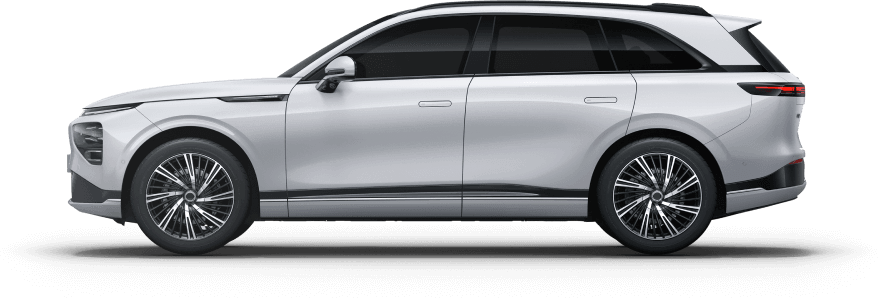The recently launched 2026 Toyota Frontlander from GAC Toyota features nine variants, with hybrid and petrol models constituting the majority. Official guidance prices range from US$20,000 (Comfort petrol version) to US$25,000 (Premium hybrid version), with a limited-time offer starting from US$15,000. While assisting a friend with car selection recently, I compared both models' physical vehicles and owner feedback. Many differences proved impossible to gauge solely through specifications. Today, I'll discuss their genuine distinctions from a ‘daily usage’ perspective – no fluff, just honest impressions from real-world driving.
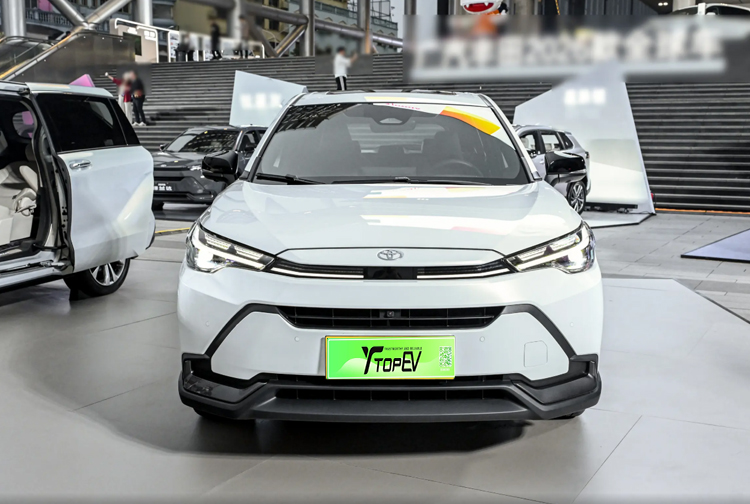
Exterior: Refreshed details prove practical, though differences between powertrain variants are scarcely noticeable. Regarding the exterior, many anticipated design distinctions between the hybrid and petrol models, yet upon closer inspection they appear virtually identical. Only the rear badges – ‘HYBRID’ and ‘2.0L’ – offer discernible differentiation. However, the 2026 model's facelift details are quite thoughtful. For instance, the front fascia has ditched the old model's large grille for a cleaner design, with the badge now positioned further forward on the bonnet. This means no more fussing over cleaning dust from the grille crevices during washes – one owner remarked it's ‘far easier to maintain than the previous version’.
The body dimensions are 5 millimetres longer and 5 millimetres taller than the previous model, though the wheelbase remains unchanged at 2640 millimetres. In practice, parking feels no more challenging than with the old model, and rear legroom shows no significant change (at 175cm tall, I still had two fists' width between my knees and the front seats). Differences in wheel rims and lighting packages depend solely on price, not engine type: 17-inch rims (215/60 R17) are fitted to models under $20,000, such as the $18,000 petrol Comfort Edition and the $20,000 Hybrid Leading Edition. Tyre noise is noticeably higher on motorways compared to the 18-inch (225/50 R18) version. 18-inch wheels are reserved for mid-to-high trims priced above ¥149,800, such as the ¥20,000 petrol Luxury Edition and ¥25,000 hybrid Luxury Edition. They offer a visually larger appearance and provide more stable handling in wet conditions.
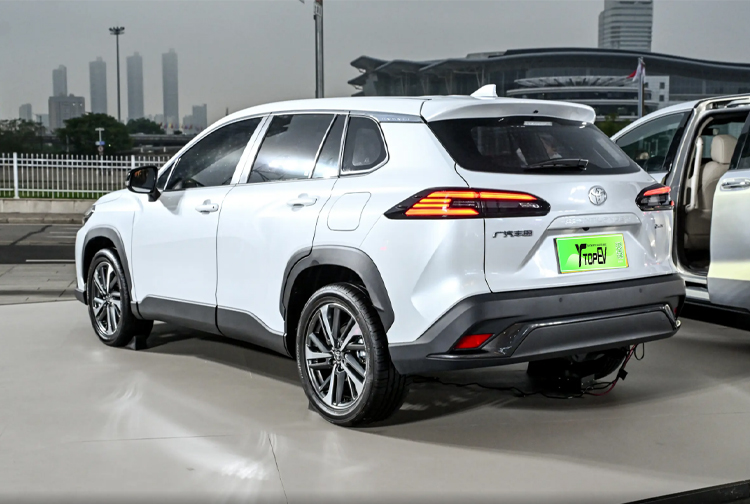
The headlight setup is an easily overlooked detail: entry-level models (whether hybrid or petrol) feature halogen headlights. When driving along country lanes at night, their illumination range is considerably narrower than that of the mid-to-high-spec LED units. Some owners have complained, ‘When meeting oncoming traffic at night, I'm always worried about missing pedestrians on the roadside.’ Mid-to-high-spec models feature matrix LED headlights that automatically adjust high-beam coverage, eliminating the need for frequent manual switching on motorways – a practical feature for frequent night-time drivers. The newly introduced Titanium Grey paint finish is quite distinctive: appearing as a subdued grey on overcast days, it develops a subtle metallic sheen under sunlight. It proves more dirt-resistant than black and offers greater texture than white, making it a popular choice among owners in my circle.
Interior: Configuration differences directly impact daily comfort – don't be misled by the “dual-power” label. Upon entering the cabin, the initial impression is that “dual-power isn't necessarily superior to the petrol version” – interior distinctions hinge entirely on price point, not powertrain variant. For instance, the ¥145,800 Dual-Hybrid Leading Edition features fabric seats. While breathable in summer, they feel slightly chilly upon entry in winter and attract dust easily, requiring frequent vacuuming. Conversely, the ¥20,000 petrol-powered Luxury Edition—just ¥4,000 more—boasts synthetic leather upholstery that wipes clean effortlessly. Winter seat covers are easily fitted, The rear also gains additional air vents, so when taking the family out in summer, the backseat won't suffer the same ‘endless wait for cool air’ as in the Hybrid Leading Edition.
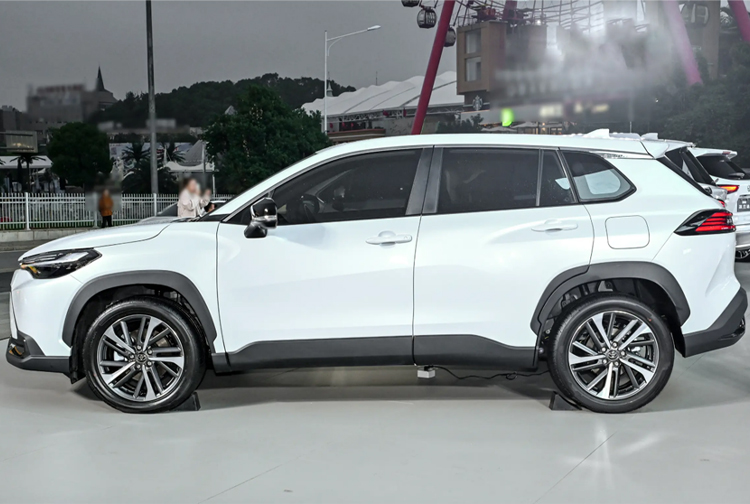
The infotainment system and in-car computer received a major upgrade for the 2026 model year, with all variants now featuring the Qualcomm SA8155P chipset – delivering significantly smoother performance than previous iterations. Entry-level models retain a 10.25-inch display, while mid-to-high trims boast a 12.9-inch screen. The larger display offers enhanced navigation functionality, such as multi-lane traffic views at complex junctions, proving particularly useful for those with a poor sense of direction. Regardless of screen size, some owners report that ‘wireless CarPlay occasionally disconnects,’ particularly when entering underground car parks with weak signals, necessitating a reconnection. While infrequent, this can be rather vexing when rushing to depart.
In terms of details, the door panels and centre console of mid-to-high trim models feature soft-touch materials, offering comfortable elbow support. Lower trims employ hard plastic, which can become uncomfortably warm after prolonged exposure to summer sun. The Hybrid Luxury trim and above include 64-colour ambient lighting; selecting a warm tone while driving at night proves less harsh than white light, though brightness offers only three adjustable levels without precise control. Regarding storage, the front armrest compartment accommodates a 6.7-inch mobile phone with its charging cable, while door panels hold 500ml water bottles. However, the rear centre armrest cup holders are too small for large thermos flasks, only fitting canned drinks – an inconvenience for families with children.
Power: The driving experience differs markedly from the specs, with significant variations depending on the scenario. Power is the core distinction between the two models, but it's not a case of ‘hybrid always being superior’ – it depends entirely on your daily driving conditions. The Dual-Hybrid employs a fifth-generation hybrid system: a 2.0L engine paired with an electric motor, delivering a combined output of 147kW. Its E-CVT transmission isn't a conventional gearbox but uses planetary gears to distribute power. Consequently, acceleration from standstill relies entirely on the electric motor, eliminating the lag typical of petrol vehicles. During morning rush-hour congestion, following traffic requires minimal throttle input. The electric motor's torque response is instantaneous – a light tap suffices to move forward. This eliminates the fuel-powered version's tendency to ‘stutter when under-throttled or surge when over-throttled’. One owner remarked, ‘With half an hour of daily gridlock, the hybrid feels far more relaxed than my previous petrol car.’
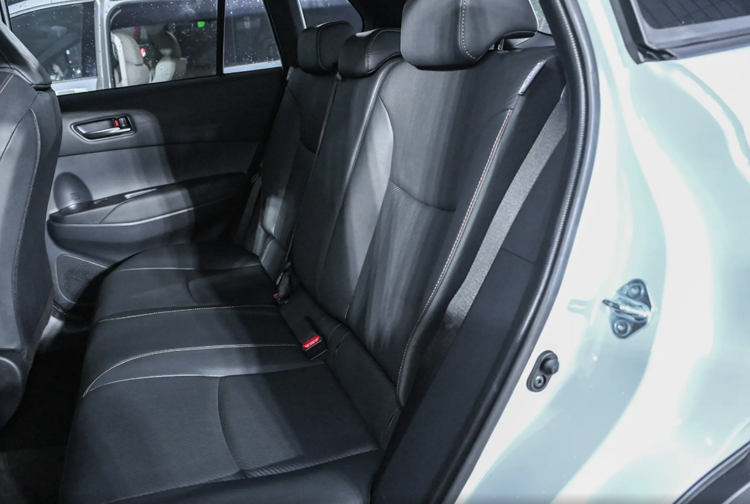
However, the dual-engine system does require some adjustment: when the engine engages above 40km/h, although smoother than the previous model, the engine noise is still audible upon close listening, particularly during rapid acceleration. In winter's low temperatures, fuel consumption rises from summer's 4.6L to around 5.5L. With a 42-litre fuel tank, it can cover approximately 800 kilometres in urban driving. My friend commutes 50 kilometres daily and can go a fortnight between refuelling, eliminating the need for frequent visits to the petrol station.
The petrol variant features a 2.0L naturally aspirated engine paired with a CVT transmission, delivering 126kW of power and 205N・m of torque. Its driving character is quintessentially “naturally aspirated”: you need to wait for the revs to build when pulling away, so manoeuvring near market entrances feels a touch less responsive than the hybrid. However, it feels very stable on the motorway, cruising at 120km/h at just 2200 rpm. Noise levels are slightly higher than the hybrid, but not so loud as to drown out music. Regarding fuel consumption, it averages 7.5 litres per 100 kilometres in congested city driving, dropping to 6 litres on the motorway. A single tank provides approximately 600 kilometres of range. Based on annual mileage of 10,000 kilometres, this incurs an additional fuel cost of around $150 compared to the hybrid model (calculated at £8 per litre).
Both models share the same chassis, utilising the TNGA-C platform with front MacPherson struts and rear torsion beam suspension. When traversing speed bumps, rear passengers may experience some jolting, though damping has improved compared to the previous generation, avoiding that “stiff” sensation. The hybrid's brake pedal feels somewhat firm due to the regenerative braking system, requiring some adjustment to achieve smooth stopping. The petrol version offers more linear braking, making it easier for novice drivers to control. My friend's wife, who recently obtained her licence, remarked that she ‘prefers driving the petrol version's brakes’.
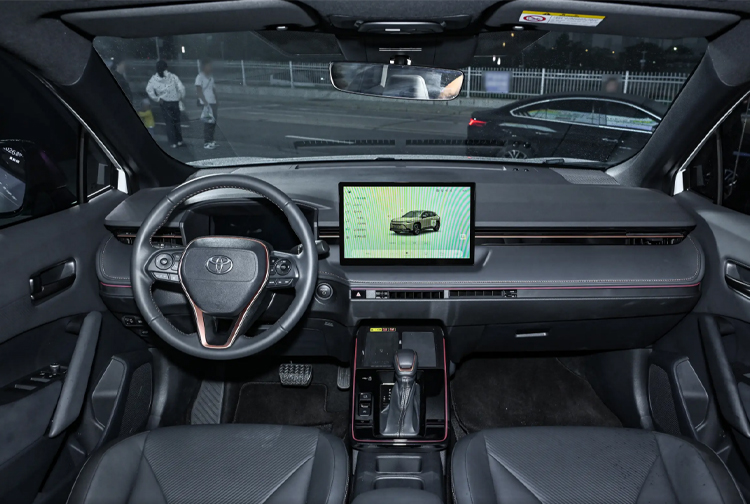
Specifications: Safety features are thoroughly considered across the range, though practical equipment depends on the trim level. Many worry that ‘lower trims lack adequate safety equipment,’ but in truth, the 2026 model—whether hybrid or petrol—comes standard with the TSS 3.0 system across all variants. This includes full-speed adaptive cruise control, lane centring, and automatic emergency braking. I tested it on the motorway: the lane centring function keeps the car firmly in the middle of the lane without the ‘swaying from side to side’ seen in some vehicles. The automatic emergency braking responded promptly when a child darted out near a residential entrance – a crucial feature for family cars. Regarding passive safety, all models come with seven airbags. The top-spec Hybrid Premium Edition adds rear side airbags, though seven airbags suffice for everyday family use.
The pitfalls of practical configurations lie primarily in ‘comparisons within the same price bracket’: for instance, the $20,000 Hybrid Leading Edition lacks reversing sensors, forcing novice drivers to park with extreme caution. Some owners have spent $100 retrofitting them after collection. Meanwhile, the $25,000 petrol-powered Luxury Edition not only includes reversing sensors but also a rear-view camera, allowing night-time parking visibility of obstacles behind the vehicle without needing family members to exit and direct manoeuvres. Similarly, wireless charging is only available on the $20,000+ Hybrid Luxury Edition – even the $25,000 petrol Luxury Edition lacks this feature. Those desiring wireless charging must opt for a higher specification model or fit it themselves.
Another detail: the hybrid model's instrument cluster displays energy flow, showing when the electric motor is powering the vehicle and when the engine is charging the battery. This subconsciously encourages adjustments to driving habits during operation—such as avoiding sudden acceleration—gradually fostering fuel-efficient driving practices. The petrol-only version's display merely shows fuel consumption and speed, lacking this guidance. For those seeking fuel economy, the hybrid thus holds an advantage.
So the choice is clear:
If your daily commute exceeds 50 kilometres and you frequently encounter traffic jams, the hybrid is definitely worth it. Not only does it save fuel, but it's also effortless to drive, with low long-term running costs.
If your budget is capped at around £2,000 and you only cover a few thousand kilometres annually, or primarily drive on motorways, the petrol version will suffice. Its braking and power delivery logic are more akin to a conventional petrol car, requiring no adjustment. When selecting specifications, don't fixate on the ‘hybrid’ badge. For instance, the $25,000 petrol-powered Luxury trim offers rear air vents and reversing sensors not found in similarly priced hybrid models, enhancing everyday convenience. There's little point paying extra for a lower-spec hybrid variant. Both models are excellent family cars; the key lies in your daily driving habits and budget.
My friend opted for the $25,000 Dual-Hybrid Luxury model because his 60-kilometre daily commute means significant annual fuel savings. For an occasional second family car, the $25,000 petrol Luxury model might be the better fit.
Both models are excellent family cars, with the choice ultimately depending on your daily driving habits and budget. My friend opted for the $25,000 Hybrid Luxury Edition, as his 60-kilometre daily commute means significant annual fuel savings. For an occasional second family car, the $25,000 Petrol Luxury Edition might be more suitable.
Should you be considering other Toyota models, the Corolla and Levin in the same segment offer more accessible pricing, appealing to those seeking reliable quality on a tighter budget. Moving upmarket, the RAV4 delivers greater versatility in space and all-wheel-drive capability, catering to families with long-distance or light off-road requirements. The Camry, meanwhile, prioritises comfort and refinement, making it an excellent choice as a primary family vehicle or for business use. Different models prioritise distinct aspects of power, features, and space. Selecting based on your specific usage scenarios often proves more cost-effective than focusing solely on price.






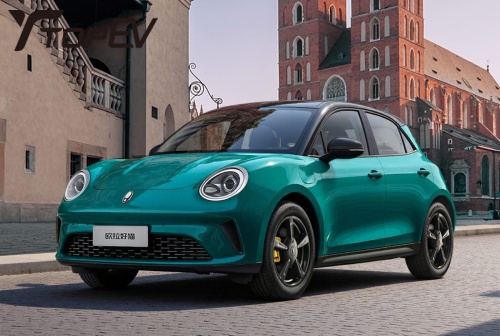
.jpg)
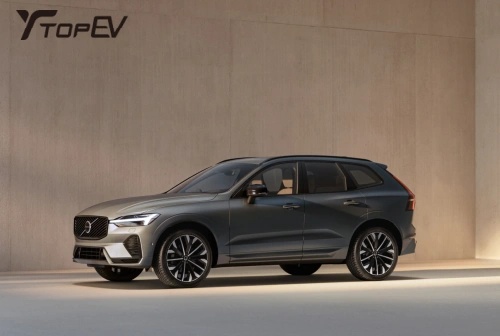
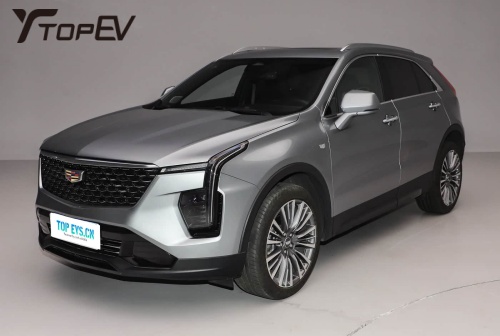
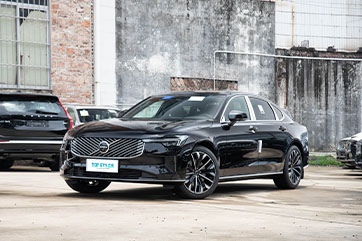
.jpg)
.jpg)
.jpg)
